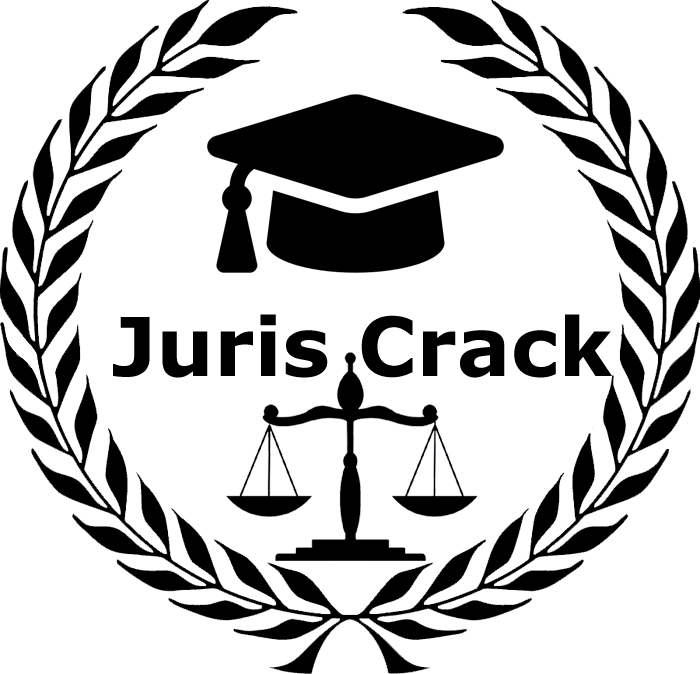When the language used applies partly to one set of existing facts, and partly to another set of existing facts, but the whole of it does not apply correctly to either, evidence may be given to show to which of the two it was meant to apply.
Illustration
A agrees to sell to B “my land at X in the occupation of Y”. A has land at X, but not in the occupation of Y and he has land in the occupation of Y but it is not at X. Evidence may be given of facts showing which he meant to sell.
Explanatory Video on -97. Evidence as to application of language to one of two sets of facts, to neither of which the whole correctly applies
Notes on – 97. Evidence as to application of language to one of two sets of facts, to neither of which the whole correctly applies
Questions on – 97. Evidence as to application of language to one of two sets of facts, to neither of which the whole correctly applies
Juris Crack provide free law notes , free video lecture , relevant mock questions , past MCQ question and legal news on Indian Evidence Act 1872. One stop destination for llb students , judicial service examination preparation , civil judge preparation , law officer courses , apo preparation , clat ug and pg test preparation. We provide notes on all legal topics , past years questions and preparation strategy. Our Bilingual teaching materials helps all law students to plan better for their examination. Juris Crack resource are mostly free to use and download , so that community of law students get quality materials. Become member of Juris Crack Law Community
Section 97. Evidence as to application of language to one of two sets of facts, to neither of which the whole correctly applies. Bare Act of Indian Evidence Act 1872 on JurisCrack




No comment